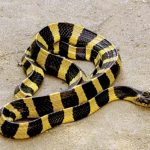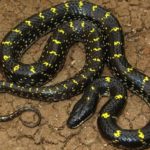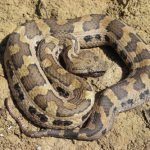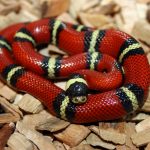Mojave rattlesnake is a highly poisonous pit viper species occurring in southwestern United States and central Mexico. The snake’s venom is regarded as the most potent among other rattlesnakes inhabiting the world. Currently, there are two recognized subspecies of this species.
| Kingdom |
Animalia |
| Phylum |
Chordata |
| Subphylum |
Vertebrata |
| Class |
Reptilia |
| Order |
Squamata |
| Suborder |
Serpentes |
| Family |
Viperidae |
| Subfamily |
Crotalinae |
| Genus |
Crotalus |
| Scientific Name |
Crotalus scutulatus |
| Other Names |
Mojave green |
| Length |
Usually less than 100 cm; largest recorded specimen measures 137.3 cm |
| Color |
Shades of brown to pale green |
| Distribution |
Southern California, southern Nevada, extreme southwestern Utah, Arizona, southern New Mexico, some parts of Texas |
| Habitat |
High desert, lower mountain slopes, scrub brush, lowland areas of scanty vegetation, open, arid habitats |
| Diet |
Mainly rodents and lizards |
| Hibernation Fact |
Hibernate during winter |
| Predators |
Roadrunners, pigs, hawks, eagles, kingsnakes |
| Venom Fact |
Highly toxic – neurotoxin and hemotoxic venom |
| Breeding Season |
Spring and summer |
| Mode of Reproduction |
Ovoviviparous (producing young by means of eggs hatched inside the body of the parent) |
| Litter Size |
2 to 17 young |
| Gestation Period |
Around 3 months |
| Reproductive Age |
18 months to more than 2 years |
| Average Lifespan |
Around 24 years |
| IUCN Conservation Status |
Least Concern |
Mojave Rattlesnake Pictures Gallery
-
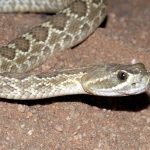
-
Images of Mojave Rattlesnake
-
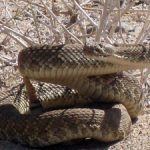
-
Mojave Green Rattlesnake
-
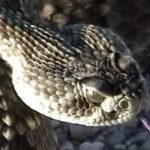
-
Mojave Rattlesnake Head
-
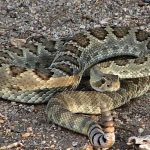
-
Mojave Rattlesnake Images
-
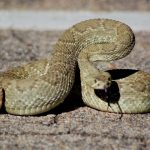
-
Mojave Rattlesnake Photos
-
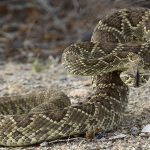
-
Mojave Rattlesnake Pictures
-
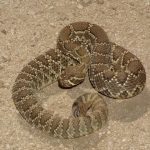
-
Mojave Rattlesnake
-
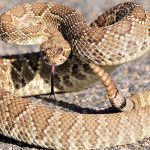
-
Pictures of Mojave Rattlesnake
-
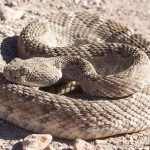
-
Mojave Rattlesnakes
-
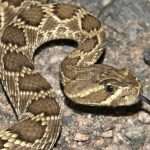
-
Crotalus Scutulatus
-
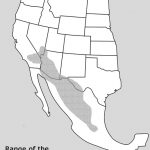
-
Mojave Rattlesnake Range
-
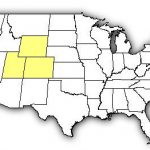
-

-
Mojave Rattlesnake Fangs
-

-
Mojave Rattlesnake Tail
-
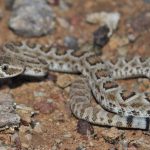
-
Mojave Rattlesnake Juvenile

















